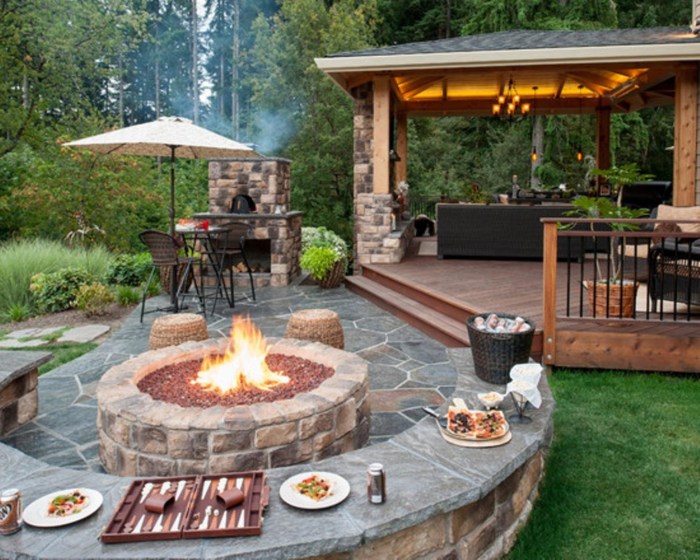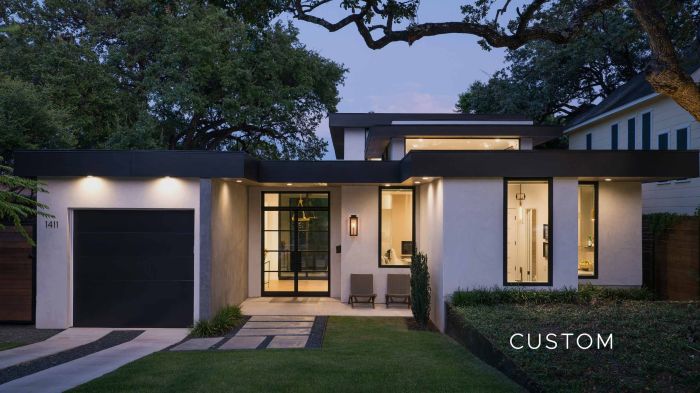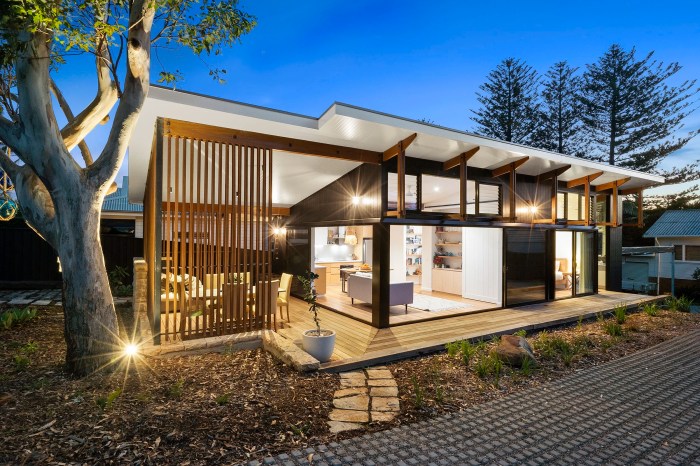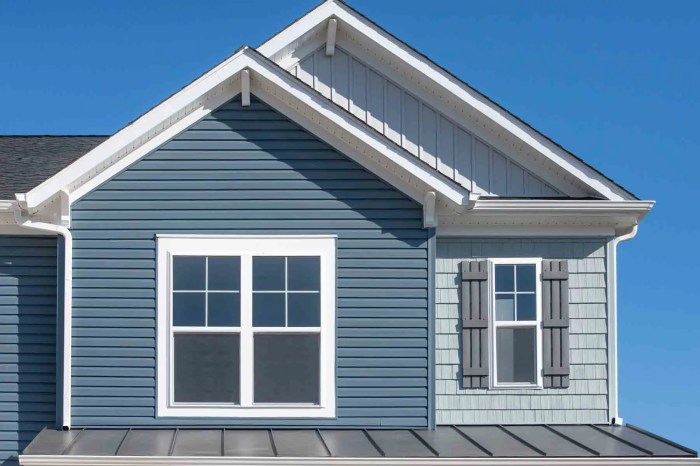The 2025 Guide to New Window Costs: Dont Overpay.
The 2025 Guide to New Window Costs: Don't Overpay. sets the stage for this enthralling narrative, offering readers a glimpse into a story that is rich in detail with casual formal language style and brimming with originality from the outset.
As we delve deeper into the intricacies of window costs in 2025, we uncover a world where factors like technology advancements and material choices play a vital role in shaping the prices we encounter.
Overview of New Window Costs in 2025

The cost of new windows in 2025 is influenced by several factors that impact pricing. Factors such as the type of window, materials used, size, and additional features all play a role in determining the overall cost. Advancements in technology have also led to new window designs that may affect pricing.
Average Cost Range for Different Types of Windows
- Single Hung Windows: Average cost range between $100 to $400 per window.
- Double Hung Windows: Average cost range between $200 to $600 per window.
- Casement Windows: Average cost range between $200 to $1,400 per window.
- Sliding Windows: Average cost range between $150 to $800 per window.
Advancements in Technology Impacting Window Pricing
- Energy-Efficient Windows: With advancements in technology, energy-efficient windows are becoming more popular. These windows are designed to reduce energy consumption and lower utility bills, but they may come at a higher initial cost.
- Smart Windows: Smart windows with features like remote control operation, automatic shading, and energy monitoring are on the rise. The integration of smart technology in windows can increase the overall cost due to the added functionalities.
- Durable Materials: New materials with enhanced durability and longevity are being used in window manufacturing. While these materials may offer benefits like increased resistance to weather conditions and improved security, they can contribute to higher window costs.
Popular Window Materials and Their Costs
When it comes to choosing new windows for your home, the material you select can have a significant impact on both the cost and performance of the windows. Here, we will compare the costs of common window materials such as vinyl, wood, aluminum, and fiberglass, detailing their durability, maintenance requirements, and energy efficiency.
Vinyl Windows
Vinyl windows are a popular choice for many homeowners due to their affordability. They are low-maintenance, requiring only occasional cleaning with soap and water. While they may not be as durable as other materials, the cost-effectiveness of vinyl windows makes them a practical choice for budget-conscious consumers.
Wood Windows
Wood windows offer a classic, timeless look and are known for their durability. However, they require more maintenance than other materials, such as regular painting or staining to protect against rot and warping. The initial cost of wood windows may be higher, but their longevity and aesthetic appeal can make them a worthwhile investment.
Aluminum Windows
Aluminum windows are lightweight and strong, making them a popular choice for modern designs. They are low-maintenance and resistant to corrosion, making them a durable option. While aluminum windows may be more expensive upfront, their energy efficiency and long-term performance can help offset the initial cost.
Fiberglass Windows
Fiberglass windows offer a high level of durability and strength, making them a long-lasting option for homeowners. They are low-maintenance and resistant to warping, cracking, and rotting. While fiberglass windows may have a higher upfront cost, their energy efficiency and durability can result in cost savings over time.
Factors Influencing Window Costs
When it comes to determining the cost of new windows, there are several key factors that play a significant role in influencing the final price. Understanding these factors can help homeowners make informed decisions and avoid overpaying for their windows.
Window Size
The size of the window is one of the primary factors that impact the cost. Larger windows typically require more materials and labor to install, resulting in higher overall costs. Additionally, custom-sized windows may also come with a higher price tag compared to standard sizes.
Window Style and Design
Different window styles and designs can also affect the cost. For example, specialty windows like bay windows or arched windows tend to be more expensive than standard double-hung windows. The complexity of the design, such as intricate grids or decorative elements, can also increase the overall cost.
Additional Features
The inclusion of additional features such as energy-efficient glass, high-quality frames, or advanced security features can significantly impact the price of new windows. While these features may come with a higher upfront cost, they can provide long-term savings and enhance the overall value of the property.
Geographic Location and Market Trends
The location of the property and current market trends can also influence window pricing. Areas with higher living costs or high demand for certain window materials may result in increased prices. Additionally, market fluctuations and trends in the window industry can impact the overall cost of new windows.
Cost-Saving Strategies and Tips
When it comes to purchasing new windows, there are several strategies and tips you can use to save money and make sure you get the best value for your investment. In this section, we will explore some cost-saving techniques, the benefits of energy-efficient windows for long-term savings, and how to choose the right window features to balance cost and quality.
Benefits of Energy-Efficient Windows
- Energy-efficient windows can help reduce your heating and cooling costs by keeping your home insulated and maintaining a consistent temperature.
- Look for windows with a high energy efficiency rating, such as ENERGY STAR certified windows, to maximize your savings over time.
- These windows can also enhance the comfort of your home by reducing drafts and improving indoor air quality.
Choosing the Right Window Features
- Consider the climate in your area when selecting window features to ensure they provide adequate insulation without overpaying for unnecessary upgrades.
- Opt for double or triple-pane windows with low-E coatings to enhance energy efficiency and reduce UV exposure without breaking the bank.
- Explore different frame materials like vinyl or fiberglass, which offer durability and low maintenance costs compared to traditional wood frames.
Final Conclusion
In conclusion, The 2025 Guide to New Window Costs: Don't Overpay. encapsulates a comprehensive exploration into the realm of window pricing, shedding light on cost-saving strategies, material comparisons, and key influencing factors. As readers navigate the complexities of window costs, they are equipped with valuable insights to make informed decisions and avoid overpaying in the process.
User Queries
What are some key factors influencing window costs?
Factors such as window size, style, material choice, and geographical location can significantly impact the overall cost of windows.
How can energy-efficient windows contribute to long-term cost savings?
Energy-efficient windows help reduce heating and cooling expenses over time by minimizing energy loss, making them a cost-effective investment in the long run.
What tips can help save money when purchasing new windows?
Consider buying in off-seasons, comparing quotes from multiple vendors, and opting for standard sizes to save on customization costs.




